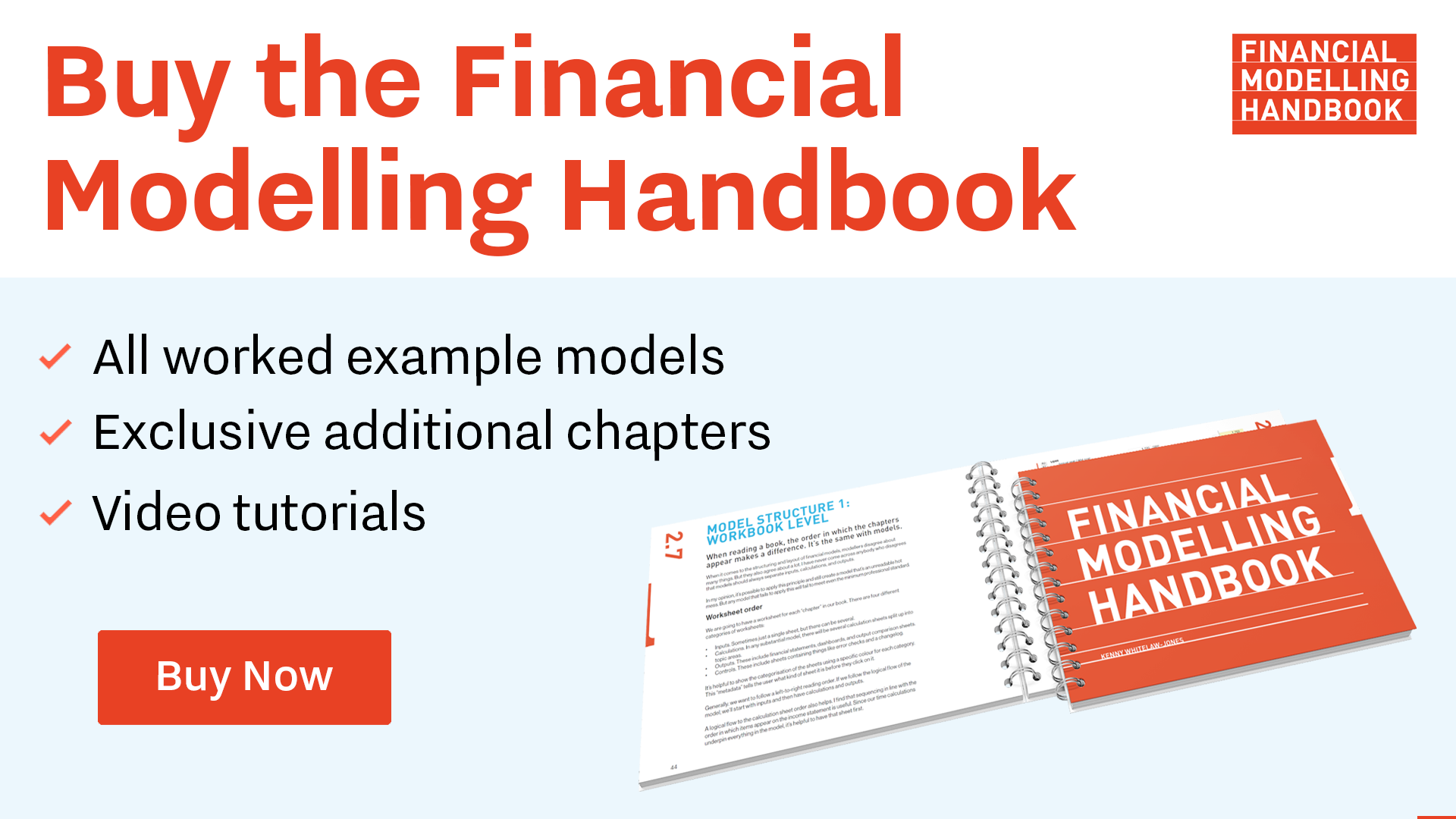Modelling company tax: Introduction
Every reader of this book will face different tax problems, in different tax jurisdictions, with different tax rules.
The level of detail that you need to go into on tax depends on the kind of models you are building. As one of the early readers of the Handbook put it:
I've done plenty of PE deals and tax was rarely dealt with. All that is needed in these models is the amount of cash and if debt can be repaid. When it comes to tax modelling, it's a case for horses for courses.
There will be models however where modelling is important. And one of the difficulties of writing about tax in a book like this is that every reader of this book will face different tax problems, in different tax jurisdictions, with different tax rules.
My purpose is not to teach you how to model tax in a particular country. My objective is to show you some basic principles to get you started. At the very least, I hope to equip you to ask the right kinds of questions.
The tax rules I'm going to apply in this section are entirely made up. Make sure you get professional advice whenever you have to model taxes.
There are many, many things about company taxes that we won't cover in this book. Things like withholding tax and VAT. I will be posting guides about these topics at the accompanying website at financialmodellinghandbook.org.
The critical thing to remember is always to get expert advice for the jurisdiction and sector in which you are working.
What's our hypothesis?
As ever, we want to start with our hypothesis.
Take a minute to consider the impact on both IRR & leverage
- Impact on IRR. I think this one is quite simple. We are about to remove a significant amount of cash & profit from the business in taxes. I expect a considerable hit on IRR.
- Impact on leverage. We are debt sizing based on Cash Flow Available for Debt Service (CFADS). Taxes are deducted before CFADS; therefore, increasing taxes will reduce CFADS and reduce debt capacity/leverage.

Comments
Sign in or become a Financial Modelling Handbook member to join the conversation.
Just enter your email below to get a log in link.